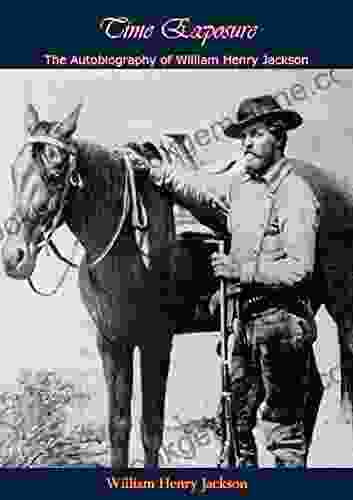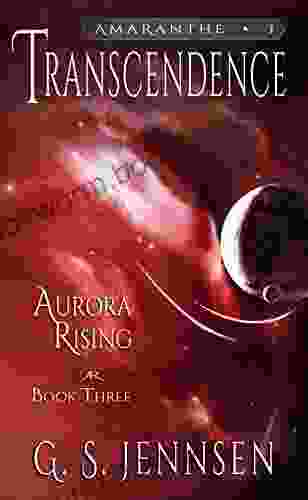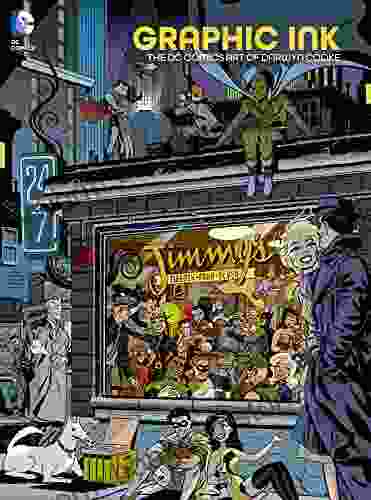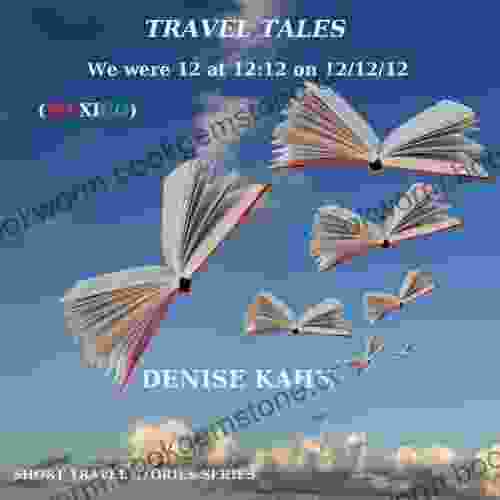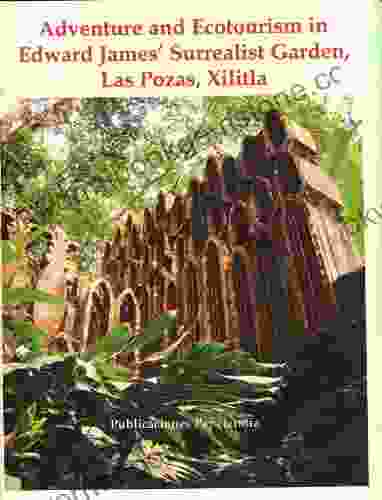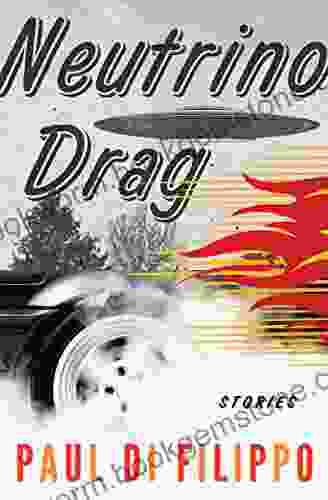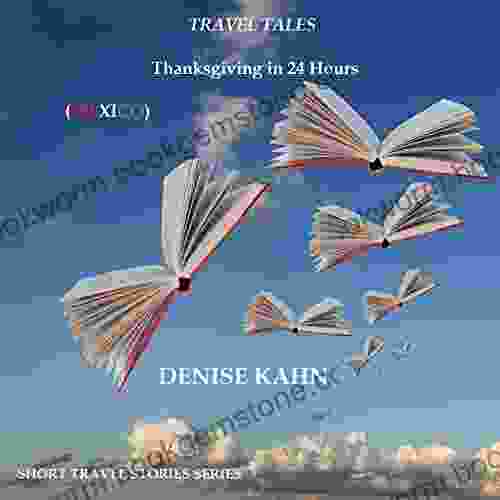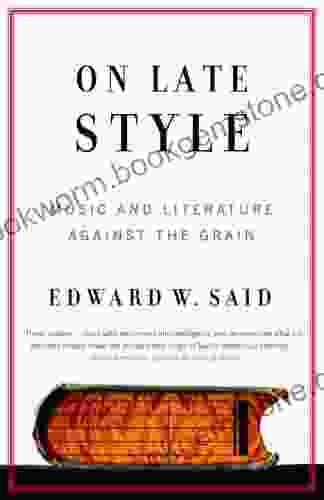![]()
4.7 out of 5
| Language | : | English |
| File size | : | 18350 KB |
| Text-to-Speech | : | Enabled |
| Screen Reader | : | Supported |
| Enhanced typesetting | : | Enabled |
| Print length | : | 444 pages |
William Henry Jackson's autobiography, aptly titled Time Exposure, is a captivating account of the life and remarkable career of one of America's most influential photographers. Spanning over 60 years, Jackson's journey intertwined with pivotal moments in American history, and his lens captured iconic images that continue to shape our understanding of the nation's past.
Through Jackson's vividly written words and an array of his stunning photographs, Time Exposure invites readers on an extraordinary visual odyssey. From the untamed wilderness of the American West to the battlefields of the Civil War and the establishment of national parks, Jackson's photographs provide a poignant and awe-inspiring glimpse into the shaping of a nation.
Early Life and Artistic Beginnings
William Henry Jackson was born in Keeseville, New York, in 1843. At a young age, he developed a keen interest in art and pursued painting as a hobby. However, it was during the Civil War that Jackson's passion for photography emerged.
Serving as a field artist for the Union Army, Jackson witnessed firsthand the horrors of war. Inspired by the work of pioneering photographers such as Mathew Brady, he began documenting the conflict through his camera lens. Jackson's wartime photographs offer a raw and intimate account of the human toll and the devastation wrought upon the American landscape.
Exploring the American West
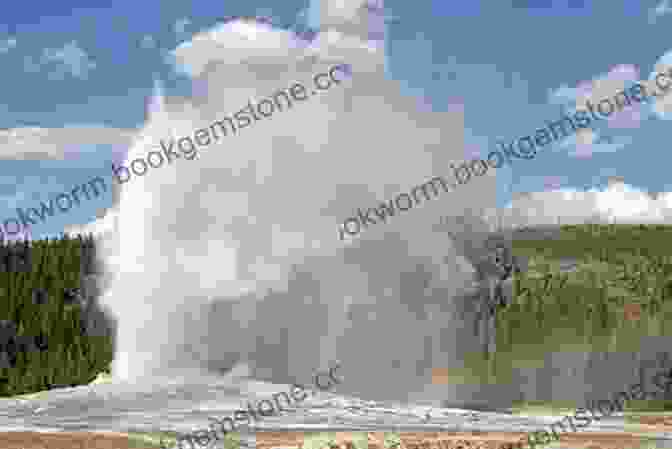
After the Civil War, Jackson embarked on a series of expeditions to the unexplored regions of the American West. Joining renowned explorer Ferdinand Vandeveer Hayden, Jackson photographed the pristine wilderness, towering mountains, and majestic wildlife of the Yellowstone and Rocky Mountain regions.
Jackson's breathtaking images played a crucial role in promoting the establishment of Yellowstone as the first national park in 1872. His photographs showcased the park's unparalleled natural beauty, inspiring awe and a newfound appreciation for the nation's natural heritage.
Capturing the Civil War
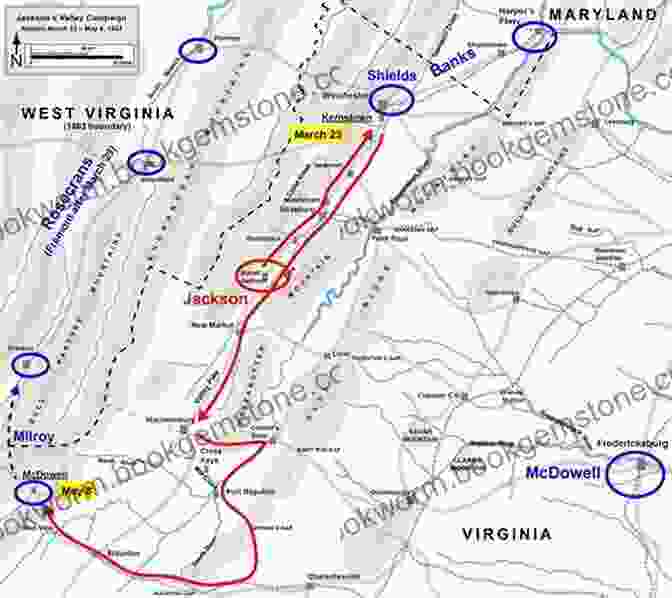
While Jackson is primarily known for his Western photography, his contributions to documenting the Civil War are equally significant. As a field artist, he witnessed the horrors and hardships of the conflict firsthand.
Jackson's photographs from the battlefields provide a poignant glimpse into the human cost of war. His images capture the destruction of towns, the aftermath of battles, and the emotional toll on soldiers and civilians.
Later Years and Legacy
In his later years, Jackson continued to pursue his passion for photography. He traveled extensively, documenting the changing American landscape and the development of the country's infrastructure.
Jackson's vast body of work, spanning over six decades, has left an enduring legacy in American photography and history. His images have not only shaped our understanding of the past but also contributed to the preservation of the nation's natural wonders and cultural heritage.
Time Exposure: The Autobiography of William Henry Jackson is an essential work for anyone interested in American history, photography, or the transformative power of images. Through Jackson's vivid narrative and his stunning photographs, readers embark on a captivating journey through some of the most significant moments in the nation's past.
Time Exposure is not merely a memoir but a testament to the enduring power of photography to document, inspire, and preserve the human experience.



